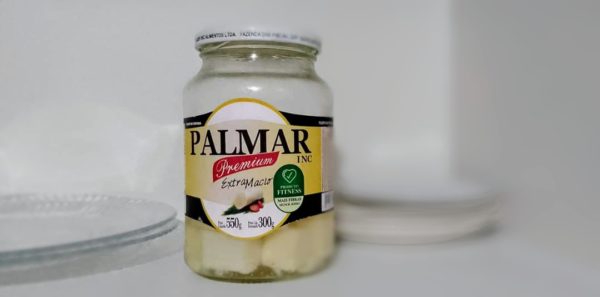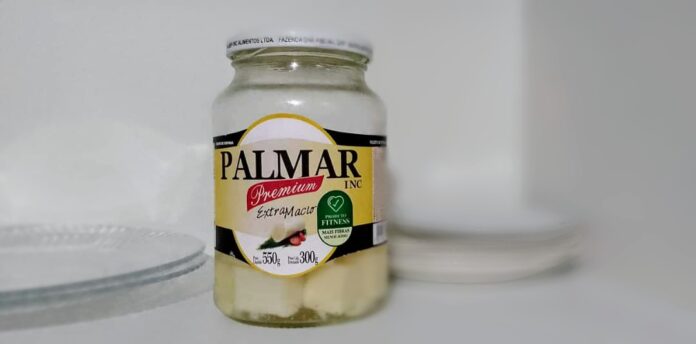
By Osmel Almaguer
HAVANA TIMES – During my life back in Cuba as an independent journalist, I had the pleasure of visiting several other countries and learning a little about their food habits. Among those I visited, I was most impressed by the cooking in Spain and Peru, as well as Colombia.
For a Cuban who has lived through decades of privation in terms of food availability, almost any dish eaten in a foreign country felt like touching heaven. But once that “empire” of the taste buds was overcome, logic told me that the Cuban people weren’t only eating worse than they could, but also that the meals they prepared were tending to get worse.
I say this because I saw variations on dishes and products that we could perhaps have made in Cuba, but that we didn’t even value. Foods that are very well appreciated in other countries.
For example, there are a great many dishes based on avocados, which in Cuba we eat only in salads. One of the most typical examples is guacamole, a prepared avocado dip that’s very popular in the Central American countries.
Strange as it may seem, Brazilians consume avocados with sugar, or make incredibly tasty smoothies with them.
Brazilians use corn to make fuba [sweet cornmeal cake], flocos [flakes], sagu [corn pudding], farofa [savory fried corn or manioc flour] among many other derivatives. These are products with different textures and flavors that form part of their cooking traditions.
In Cuba, it’s incredibly difficult to obtain any kind of food. But corn itself, when we had it, was consumed in just two forms: tamales or majarete [sweet corn pudding].
I’ve become familiar with palm hearts here, a product that comes from the core of the Euterpe Edulis plant, a type of palm tree that principally comes from the South American countries. It’s a bit expensive – a 500 gram [1.1 lbs.] costs some 15 reales [US $3] – but its delicious taste makes up for the price.
I’m not certain if this species grows in Cuba, but I know that the heart of the banana plant is edible and resembles the heart of palm. Based on videos I’ve seen on YouTube, it also has a very pleasant flavor. I’ve been assured that in the diet of countries like Colombia, in the rural areas mostly, people consume this variety of palm heart.
My point is that the culinary mind of Cubans has grown increasingly closed.
Every so often, the Cuban government has launched some ridiculous campaigns involving proposals that generate an instant backlash in the minds of people alienated by decades of scarcity. Their proposals haven’t always been erroneous, but they’re viewed more as smokescreens than healthy nutritional advice.
From the unforgettable moringa trees seeds and leafs extolled by Fidel Castro], to crocodile meat, to cooked jutia [native rodent], lemon juice, potato peels, and banana peel candy, the nutritional suggestions advanced by Fidel and his acolytes have served more as inspiration for memes that as solutions to hunger.
Regarding the heart of banana, I confirm that there’ve been posts on the official government webpages counseling the consumption of these, but after such a barrel of crazy ideas – Who would listen to them?
Only after a time of abundance could Cubans possibly open their culinary minds. How can you eat heart of palm if you don’t even have cooking oil, salt, spices, rice or anything else to go with it? The solution isn’t to be found so simply.
Read more from the diary of Osmel Almaguer here.




